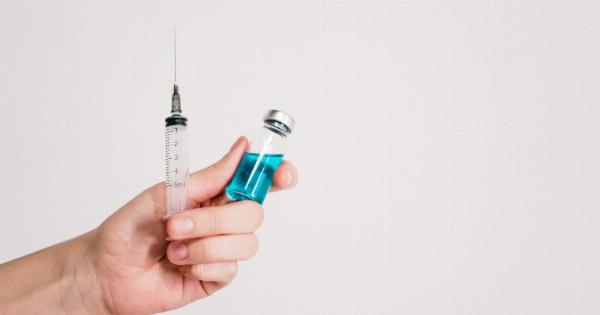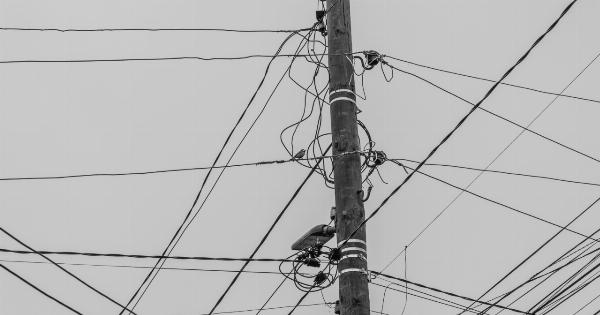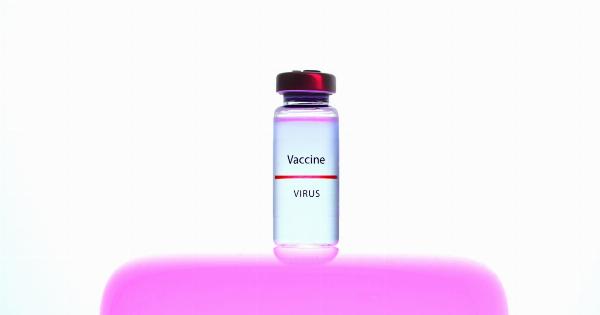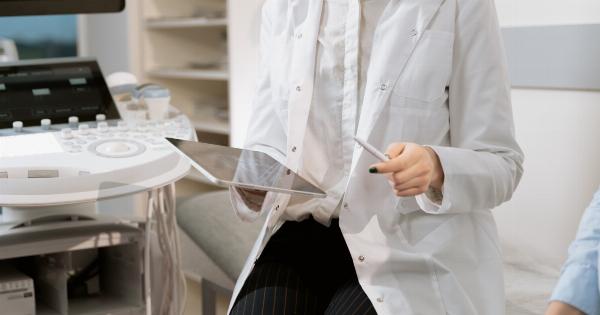Genital warts are a common sexually transmitted infection that can affect both men and women. However, men are more likely to develop this viral infection, which is caused by the human papillomavirus (HPV).
In this article, we will explore the manifestation of warts in men after infection.
What are Genital Warts?
Genital warts are growths that appear on the skin around the genital and anal area. They are caused by HPV, which is a highly contagious virus that can be spread through sexual contact.
Not all people who have HPV infection will develop genital warts, however, it is more likely to occur in men with weaker immune systems.
Common Symptoms of Genital Warts in Men
The manifestation of warts in men after infection can vary from person to person. Some men may have no symptoms at all while others may experience the following:.
- Small, flesh-colored or gray growths in and around the penis, anus, scrotum, or groin area
- Clusters of warts that may look like cauliflower
- Itching or burning sensation in the genital area
- Discomfort or pain during sex
- Bleeding during sex
- Difficulty urinating
It is important to note that some men may not experience any symptoms at all, which is why routine testing for HPV is important for sexually active individuals.
Diagnosis and Treatment of Genital Warts in Men
Diagnosis of genital warts in men can be made through a physical examination by a healthcare provider, and in some cases, a biopsy may be necessary to confirm the diagnosis.
Treatment of genital warts in men generally involves the removal of the warts themselves. This can be done through a variety of methods, including:.
- Cryotherapy – freezing the warts with liquid nitrogen
- Electrocauterization – burning the warts with an electric current
- Excision – cutting out the warts with a scalpel
- Laser surgery – using a laser to remove the warts
In addition to removing the warts, other treatments may be necessary, including topical medications or antiviral drugs, to boost the immune system and prevent future outbreaks.
Prevention of Genital Warts in Men
The best way to prevent the manifestation of warts in men after infection is by practicing safe sex.
Condoms can provide a barrier to HPV transmission, but it is important to note that HPV can still be transmitted through skin-to-skin contact in areas not covered by a condom.
The HPV vaccine is also available for both men and women and can protect against certain strains of the virus that cause genital warts and some types of cancer.
Conclusion
Genital warts is a common sexually transmitted infection that can affect both men and women.
Men are more likely to develop genital warts than women and may experience a variety of symptoms, including small growths around the genital and anal area, itching, burning, and discomfort during sex. Treatment may involve the removal of the warts themselves and antiviral medications or topical treatments to prevent future outbreaks. The best way to prevent genital warts is by practicing safe sex and getting vaccinated against HPV.





























